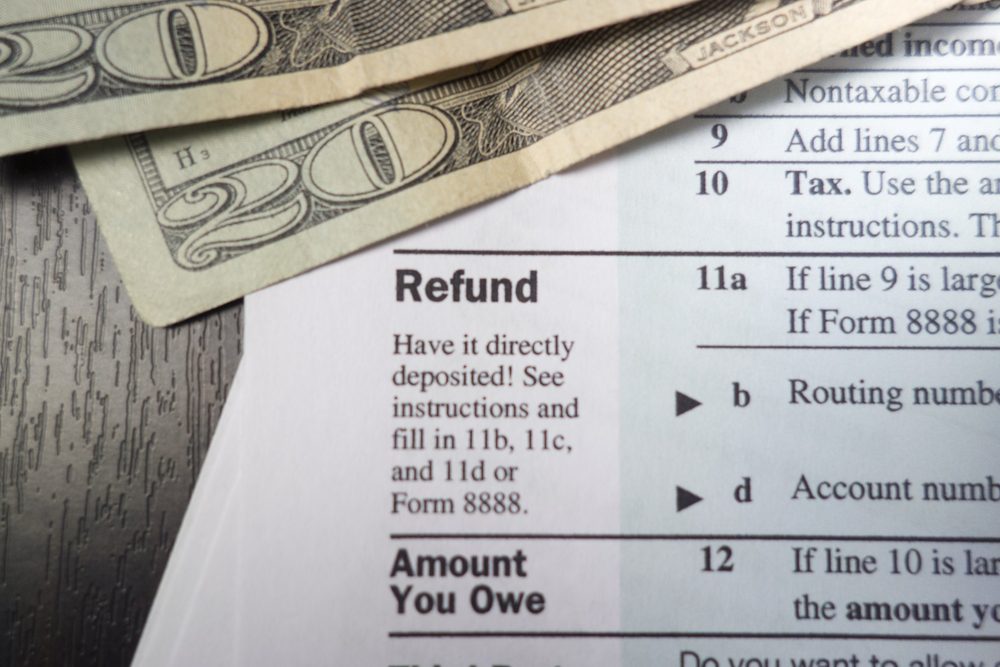
1. Choose a Tax Preparer
If you don’t have a tax preparer yet, a great way to find one is to ask friends or advisors (like an attorney you know) for referrals. Make sure that the one you choose has a preparer tax identification number (PTIN), which is basically proof that they are qualified to prepare federal income tax returns. An experienced professional can help you prepare for tax season, reducing stress.
The next important thing to do is to ask how much they charge in fees. This obviously depends on the complexity of your return. Avoid working with a company that charges a percentage of your refund. The IRS website provides some tips for choosing a preparer, and there’s also a link that can help you find preparers by location and credentials.









